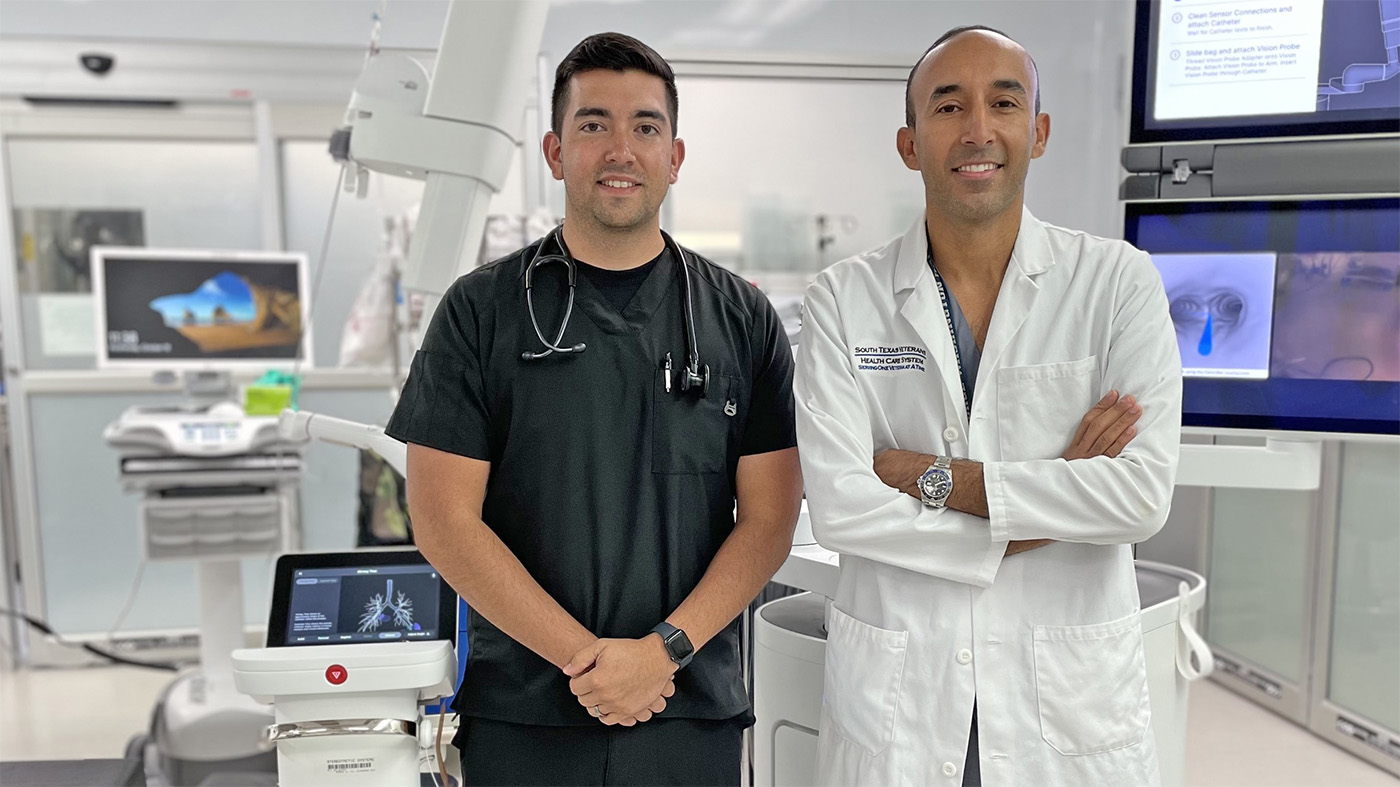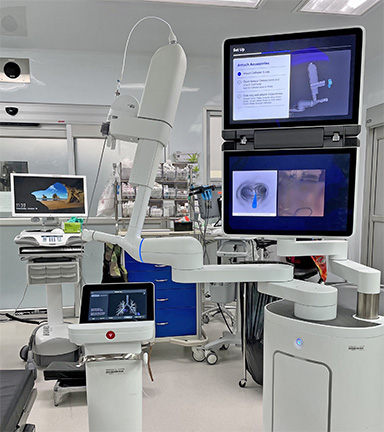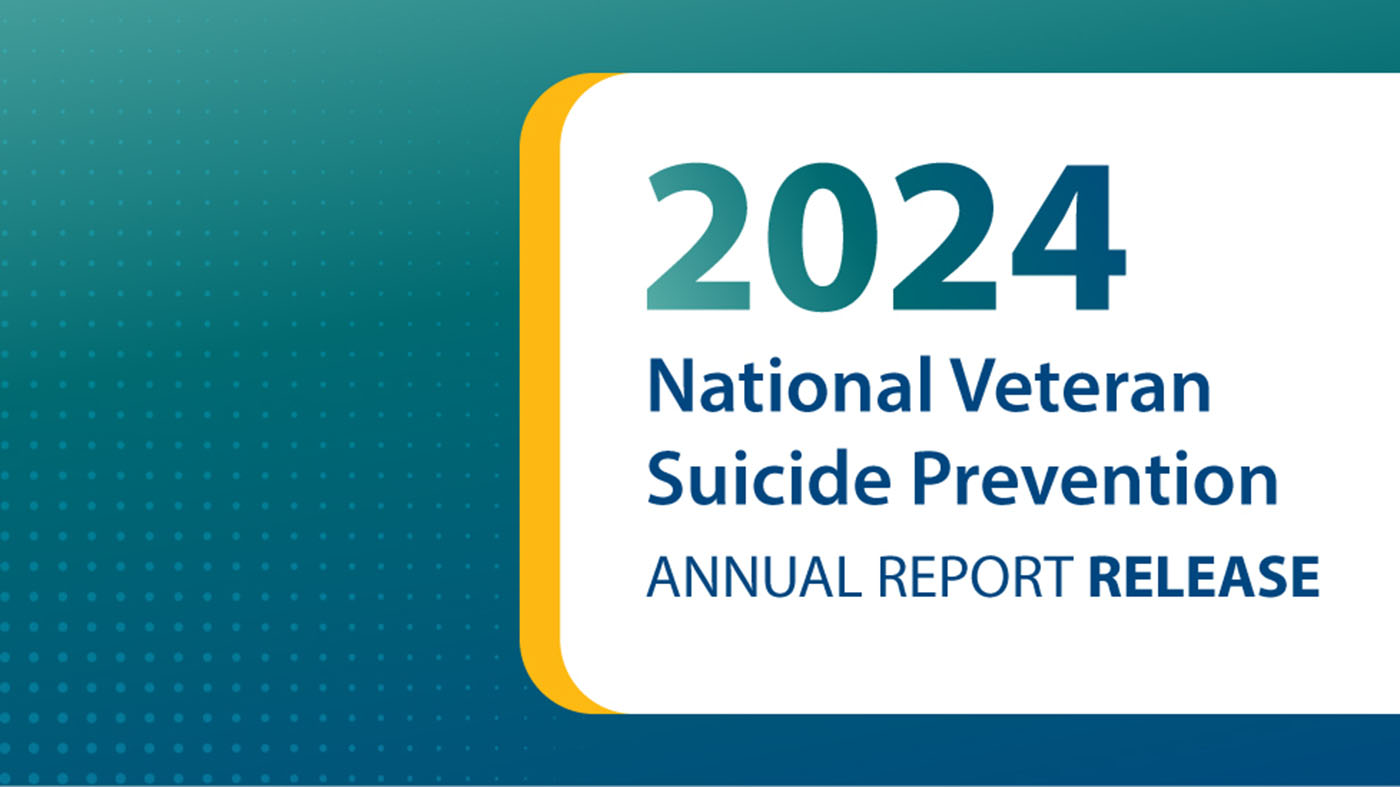Lung cancer presents a critical health care concern for Veterans who have a 25% higher likelihood of diagnosis compared to non-Veterans. It ranks as the leading cause of cancer-related deaths, claiming the lives of approximately 15 Veterans each day. To address this alarming trend, South Texas VA has implemented cutting-edge technology for early detection and treatment.
The Ion endoluminal system, a robotic-assisted platform now used for minimally invasive lung biopsy procedures at South Texas VA, represents a significant advancement in bronchoscopy technology. It features an ultra-thin, flexible, robotic catheter that the physician can remotely control, enabling it to articulate 180° in any direction. This precision allows for navigating hard-to-reach airways, revolutionizing the identification and biopsy of lung nodules and lesions.
Physician guided robotic precision
Dr. Robert Maximos, an associate professor of Medicine at the University of Texas School of Medicine and an interventional pulmonologist and director of interventional pulmonology and bronchoscopy, conducts the robotic-assisted procedures at South Texas VA.
“In the past, we’ve used conventional bronchoscopic techniques, which are very inaccurate due to the relatively larger size of the bronchoscopes and the inability to directly visualize target lesions, Maximos said. “This made it much more challenging to accurately locate and target specific lesions. We’re talking about lesions that are very small, anywhere from five millimeters to two centimeters and completely surrounded by lung tissue.
“Robotic-assisted bronchoscopy is a significant improvement over conventional bronchoscopy. The robot acts as a remotely controlled ultra-thin bronchoscope that navigates with great accuracy into the patient’s lungs through the breathing tube inserted into the mouth under general anesthesia. This allows us to be very specific, making minute changes in our targeting, ensuring accuracy while being minimally invasive and virtually pain free.”
Once the lesion is found, a minimally invasive biopsy can be performed through a flexible needle, small forceps or a brush that is inserted through the robotic catheter, minimizing complications and pain associated with traditional biopsy methods which utilize instruments inserted through the chest wall and into the lungs.
Providing the soonest and best care to Veterans
Jacob Garcia, pulmonary nurse practitioner, and manager of the robotic navigational bronchoscopy program at South Texas VA (on the left in the photo), played a key role in introducing this improvement in care for Veterans. “With the rapidly growing Veteran population in South Texas and the launch of our lung screening program, this technology allows for expedited evaluation and diagnosis for lung cancer,” he said.
This marks a significant shift in patient care procedure. Using this technology can provide answers in just one to two weeks compared to the previous 12-week waiting period to determine the malignancy of a lung nodule.
Robotic-assisted bronchoscopy procedures utilizing the Ion system at South Texas VA are set to transform quality of care and outcomes for Veterans with lung cancer. This technology enables faster, more accurate diagnoses and treatments, ensuring Veterans receive the soonest and best care to enhance their chances of overcoming this disease.
Topics in this story
More Stories
The Medical Foster Home program offers Veterans an alternative to nursing homes.
Watch the Under Secretary for Health and a panel of experts discuss VA Health Connect tele-emergency care.
The 2024 National Veteran Suicide Prevention Annual Report provides the foundation for VA’s suicide prevention programs and initiatives.








definitely excited about this article. Definitely following. Thank you for all you do.
Great achievement. Who qualifies for testing?
Is it ever used for any other lung examinations, for example, Bronchiectasis diagnosis and treatment ?